Technological advancements have permanently transformed our lives. Without it, we would face numerous challenges. Smartphones, high-speed internet, efficient transportation, and rapid communication methods have greatly improved our daily routines.
Here are history’s top tech inventions that revolutionized our lives and contributed to creating a better future for all. Familiarize yourself with these significant technological breakthroughs.
Top tech inventions in history:
1. Printing Press (1436)

The invention of printing devices revolutionized society in the 15th century by disseminating knowledge more widely and changing access to religious texts, literature, and modern ideas.
The first printing press was developed by German goldsmith Johannes Gutenberg in 1436, enabling the creation of high-quality printed books in a uniform format. Printing composition advanced further with the introduction of computers in the 1950s, replacing additional steps with digital data. This technology greatly improved record-keeping in the business world, making it a reliable method. Nowadays, printers, which are electronic printing presses, have become indispensable in offices and households.
2. Pascaline (1642)

The Pascaline or arithmetic machine, is one of the earliest mechanical calculating devices designed by Blaise Pascal in 1642. It worked on turning the wheels clockwise and anti-clockwise to add and subtract numbers, respectively. It was the only operational calculator in the 17th century hence also used for business purposes.
Pascal got the equivalent of a patent, a royal privilege for his invention, in 1649. This invention is very important in the history of calculators because it was the first-ever used calculating machine that impacted society. It basically laid the foundation of a computing device after Abacus.
3. Steam Engine (1698)

The industrial revolution, powered by the steam engine, brought about the most significant change in human civilization. Its aim was to replace human labor, animals, water, and wind in manufacturing processes with a dependable power source. Through numerous engineering and industrial innovations, a steam-powered machine was created to generate mechanical motion by harnessing heat.
In 1698, Thomas Savery designed the first steam engine that required improvements. Thomas Newcomen created a more useful steam engine in 1712, which was used to pump water out of mines.
Until the 1800s, Watt steam engines revolutionized industries throughout England. Today, they are overshadowed by gas turbines, electric and internal combustion engines, and nuclear reactors. But some old steam engines are still used in different areas of the world and are incredibly important.
4. Babbage Calculator (1813)

Charles Babbage invented the first mechanical calculating machine, known as the Babbage Calculator, in 1812 or 1813. It was the first machine capable of performing addition, subtraction, multiplication, and division. In 1823, Babbage designed a projected machine called “Babbage’s difference engine,” which had a decimal capacity of 20. It was intended to generate logarithm tables for navigation purposes. Nearly a century later, the first handheld calculator was invented in 1967 and commercially released in 1970. Today, calculators are ubiquitous, and it is inconceivable for a college student not to have one.
5. Camera (1816)

A single person does not invent cameras we use today but many great minds contributed to this long and iterative process. Camera Obscura was the earliest camera that was used to study optics i.e. how light can be passed through a tiny hole to project an image onto an opposite flat screen. Arab scholar, Ibn Al-Haytham was the creator of Obscura’s which gave birth to modern cameras and photography. Before the invention of the camera in 1816, there was no right way to preserve the image. Joseph Nicephore Niepce clicked the first photograph and called the process “heliography”. As technology was progressing, practical photography was started by Louis Daguerre in 1829 and colored photography in 1940. Digital cameras that utilized the charge-coupled device image sensor were developed by Steven J. Sasson in 1975. These are the most sold cameras in the present time and incorporated in devices like mobile phones, laptops, vehicles, etc.
6. Electric Cars (1828)

Electric cars have existed since the 1800s. Scottish inventor Robert Anderson designed the first electric-powered carriage in 1832, followed by English inventor Thomas Parker building the first practical electric car in 1884. Electric cars gained popularity from 1899 to 1908, but declined with the invention of the Ford Model T. However, in the 1990s, Tesla Motors emerged as a startup and announced the production of electric sports cars with a range of 200 miles. The Nissan LEAF, the most popular electric car, was unveiled in 2010, and by 2014, there were numerous electric car options available to consumers. In the present day, electric cars are the optimal solution to reduce carbon pollution and combat global warming.
7. Telegraph (1844)

The telegraph, invented in the 1840s by Samuel Morse, revolutionized long-distance communication. Prior to this invention, messages were sent through the mail and could take weeks to reach their destination. On May 24, 1844, Morse sent his first message, “What hath God wrought,” from Washington to Baltimore using the telegraph, marking a significant advancement in telecommunication. This was the first instance of utilizing electricity to communicate over long distances by connecting wires between locations. The initial telegraph design employed an electric magnet to move a pin up and down, creating impressions on a paper tape that would later be decoded to retrieve the message. The development of a unified system of telegraph stations eventually led to commercial applications. The telegraph’s invention laid the groundwork for modern communication technologies such as radio and telephone.
8. Telephone (1876)
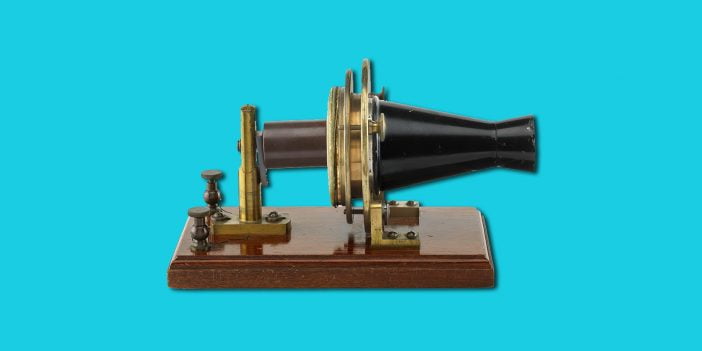
The telephone is the most profound invention in the world of communication. It all started in the 1870s when Graham Bell executed long-distance transmission of the human voice through electrical signals. Initially, people used to communicate through direct lines across a short distance only. It was only after the invention of the transistor in 1947 that lightweight microcircuitry was introduced. Over time, several smart features like automatic redialing, audio quality, call number details, wireless transmission, and clear visual display were added that supplemented the basic design. It took years for the evolution of the telephone until it became the modern-day digital instrument. With the invention of the telephone, the businesses and social activities of people have become global.
9. Cars (1886)

Did you know that there are approximately 1 billion passenger cars worldwide today? The importance of automobiles in our lives is undeniable, and it is impossible to imagine a world without them. The automobile industry has revolutionized transportation, making the world a smaller place. In 1886, Karl Benz patented the first gas-powered, three-wheeled motor car, marking the birth of cars in the history of vehicles. Cars, specifically designed for transporting people, opened up new possibilities for public transportation. They allow people to easily travel to far-off places for education and employment, and have become a symbol of luxury in urban areas. It is astonishing how cars have greatly improved our lives, and it remains to be seen where this technology will take us in the future.
10. Radio (1896)
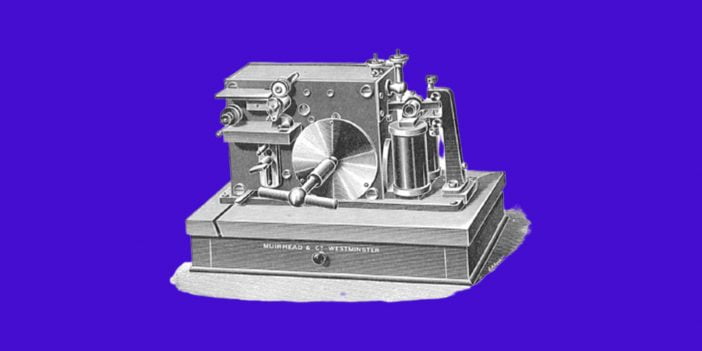
Radio technology, initially known as “wireless telegraphy,” was a fusion of telephone and telegraph technologies. Guglielmo Marconi pioneered the experimentation and transmission of wireless signals, submitting his first patent in 1896. By the mid-1990s, numerous industrial nations had established radio broadcasts, marking the golden era of this medium. The transmission of electromagnetic waves allowed people to listen to music, sports, news, and various programs. This invention was pivotal as it disseminated real-time information and provided live updates on global events. Radio’s significant impact on the world predates the emergence of social media, serving as the original social medium.
11. Airplane (1903)
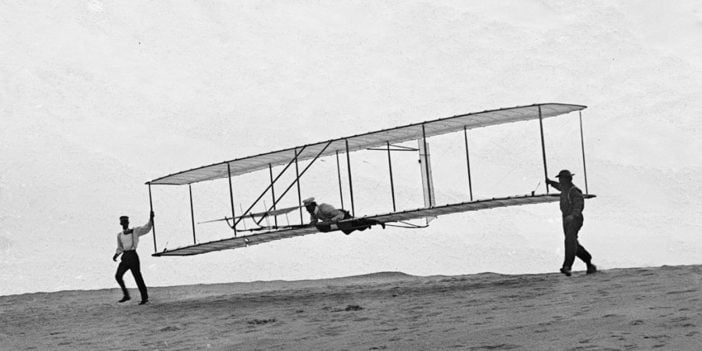
The airplane is the most significant invention of the 20th century, connecting continents, shortening travel time, and offering a unique perspective of Earth. Since its revolutionary invention in 1903 by the Wright brothers, travel and transport across countries have become effortless. This innovation laid the foundation for aviation, leading to the development of jet aircraft and space rockets. It has made the world smaller and more accessible, facilitating global import and export. Over the years, the airplane experience has evolved with the introduction of comfortable seating, wifi, online bookings and check-ins, and extra baggage allowances. Despite these advancements, aviation continues to expand and improve.
12. Electronic Television (1927)
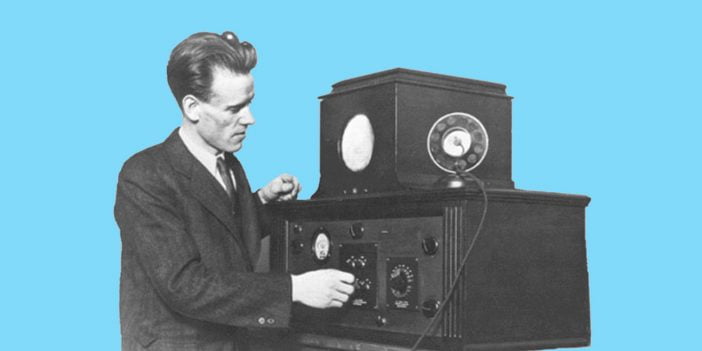
The availability of moving images to the public was limited until the 1920s, but its impact spanned a few decades. In 1927, a 21-year-old inventor named “Philo T Farnsworth” created the first all-electronic TV, which he named the image dissector. By rotating a beam of electrons onto a square piece of painted glass, he successfully transmitted the initial picture. Television broadcasting commenced in 1928 and gradually replaced mechanical systems as electronic TV sets gained popularity. The 1950s marked the golden age of television, with color technology becoming prevalent in the 1960s. Around 1980, the era of high-definition TVs began, offering a heightened sense of realism through 3D experiences. The future of traditional TV remains uncertain with the emergence of online streaming services.
13. Multistage Rockets (1929)
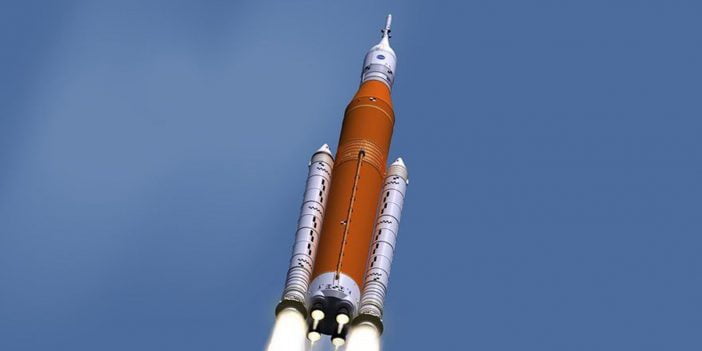
Every space vehicle has the primary goal of overcoming gravity and launching the payload into space. This can only be achieved through the use of a multistage rocket, which requires additional thrust from propellants (fuel and oxidizer) to overcome the rocket’s weight. As the propellant burns, the rocket structure becomes inert and needs to be discarded through staging. This concept was initially proposed by Russian research scientist Konstantin E. Tsiolkovsky in 1929, although he did not personally construct the rocket. The credit for constructing and testing the first liquid-fuel rocket goes to Robert Goddard, who is widely recognized as the father of modern rocket science. In the early 1960s, Atlas designers realized that all engines should ignite while the rocket was still on the launch pad, leading to the launch of Atlas D in 1962. SpaceX achieved a significant milestone in 2008 by launching Falcon 9, the world’s first reusable 2-stage rocket capable of transporting both payload and astronauts into orbit.
14. Drone (1935)
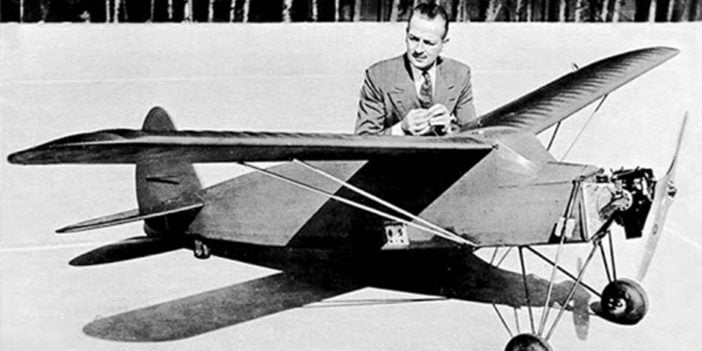
Invented in 1935, Unmanned aerial vehicles (UAVs) or drones were primarily built for military purposes, such as surveillance and target practice. They played a significant role in military research during world war I and II, used as weapons against enemy fighters. In 2006, they received a commercial permit from the Federal Aviation Administration for non-military applications like disaster relief and border surveillance. Drones gained public attention when Amazon announced their use for delivery purposes, leading to their adoption in various fields such as climate change monitoring, aerial photography, wildlife conservation, and environmental research. Smaller drones with four rotors, known as Quadcopters, are cheaper and mainly used as hobby drones by private citizens. As drone technology advances, it has become a multi-billion dollar industry with numerous potential applications.
15. Gene Editing (1950s)

Gene editing is a key technology for curing genetic disorders, including cancer, and has ushered in an exciting era in biology. How did we develop these revolutionary gene-editing tools? In the 1950s, scientists discovered that genes could be transferred from parents to offspring, resulting in genetic mutations. The idea was born that if we could identify the specific genes causing diseases, we might be able to cure them. However, without gene-editing technology, this idea remained unrealized. In the late 20th century, the concepts of recombinant DNA and genetic engineering emerged, leading to the most significant breakthrough in gene editing: CRISPR-Cas9, introduced in 2012. Through further exploration of this technology, scientists believed they could unravel the biological mechanisms of genetic diseases and develop cures.
16. Black Box (1953)

Following a series of unresolved airplane crash incidents, Aeronautical research scientist David Warren invented a device in 1953 capable of recording flight data, cockpit sounds, and instrument readings during flights. Named the “Black Box,” this device has the capacity to store speech for up to four hours prior to an accident. A significant advancement in this technology emerged in 1958 with the mandate to install Black Boxes in aircraft for flight record purposes. Undoubtedly, the black box flight recorder stands as the foremost contribution to global airline safety.
17. Artificial Intelligence (1956)
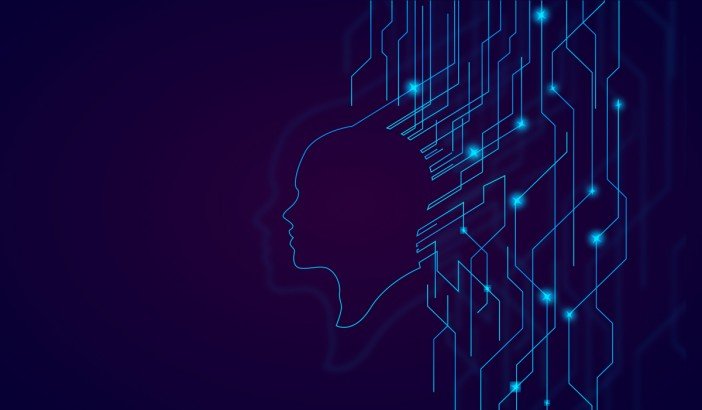
AI technology is based on machines learning and interpreting external data to mimic human cognitive practices. The history of artificial intelligence dates back to the 1900s and officially began with John McCarthy’s presentation in 1955. In the same year, Herbert Simon and Allen Newell developed the first AI program, logic theorist. Since then, AI has made significant advancements in various domains, simplifying life for end-users. From deep learning, robotics, and data processing to image recognition, information extraction, pattern detection, and speech-to-text, AI has transformed multiple industries. With its rapid expansion, AI is poised to become the next major breakthrough in technology.
18. Augmented Reality (1957)
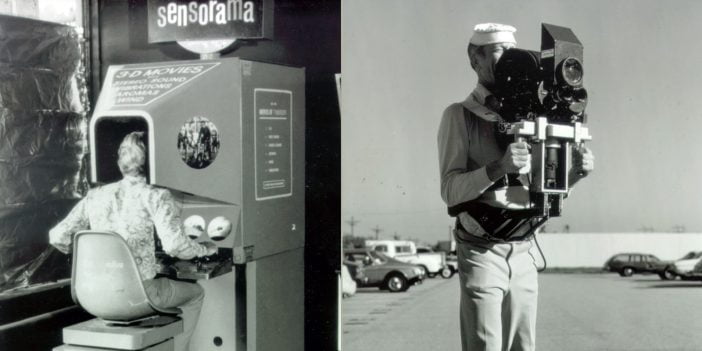
The concept of augmented reality emerged in 1957 when Morton Heilig invented the sensorama to enhance experiences with visuals, sounds, vibration, and smell. Although lacking in smart features, this invention marked a starting point. In 1968, Ivan Sutherland invented the first head-mounted AR display, but the term “augmented reality” was not coined until 1990. Throughout the early 2000s, AR technology expanded into various industries such as sports aerial cameras, print media, automotive, and headsets. In 2004, Google introduced Google Glass, a pair of AR glasses. We often perceive AR as “too high tech,” yet we unknowingly carry it in our smartphones through Snapchat filters and games. The market value of AR is projected to reach 25 billion, solidifying its position as the future.
19. Stereo Headphones (1958)

Invented in 1958, stereo headphones revolutionized the headphone industry. Prior to their creation, headphones were primarily used for communication. However, John Coss introduced the Koss SP-3, the first stereo headphones designed specifically for enjoying music. Despite their simple construction of cardboard and foam, these headphones had a profound impact. They quickly became popular among the general public, allowing individuals to enjoy music without disturbing others. These headphones effectively delivered a personal and quiet sound experience, allowing listeners to set their own etiquette rules. For music enthusiasts who enjoyed activities such as reading, walking, or working, stereo headphones became an essential accessory.
20. Internet (1960s)
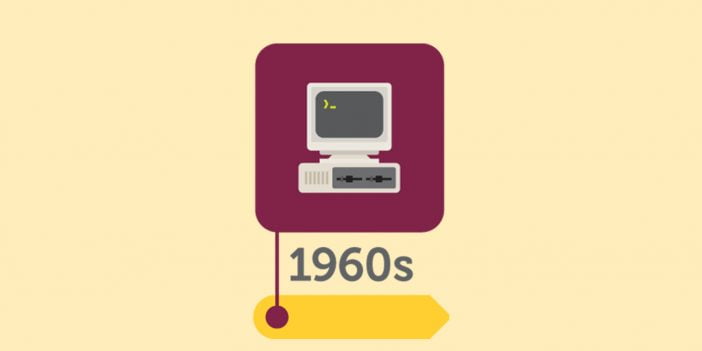
The internet is a global system of interconnected computer networks, ranging from local to universal scope, linked by a wide variety of electronic, wireless, and optical networking technologies. It is a powerful invention that provides a vast array of information resources and services, accessible to the majority of people on a daily basis. The credit for this expansive technology cannot be attributed to a single individual, as it has continuously evolved with the addition of new features. In the midst of the Cold War in the 1960s, the US Department of Defense developed ARPANET, a “galactic network” of computers, for communication purposes. The invention of the World Wide Web in 1989 further propelled the internet’s popularity and effectively made the world a smaller place. Presently, more than 4.7 billion individuals utilize the internet for various purposes such as business, social networking, information browsing, communication, navigation, and more.
21. Compact Disc (1965)

The compact disc revolutionized music recording and presentation, ushering in the digital era in the music industry. James Russell invented it in 1965, and the first CD, featuring Chopin: Waltzes by Claudio Arrau, was produced on August 17, 1982. CDs were designed as circular mediums capable of storing computer information, pictures, and songs. In 1984, Sony and Philips introduced a portable CD player, enabling people to enjoy CDs anywhere. Back then, CDs were unrivaled as a superior form of digital storage for music, with no alternative means available. While CDs may now be considered relics, given the abundance of modern media storage devices, they were once regarded as the pinnacle of technology.
22. Floppy Disk (1967)
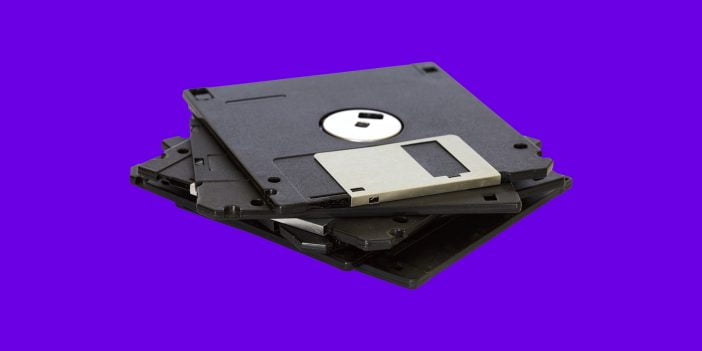
A floppy disk is a small, removable storage disk made of flexible plastic coated with a magnetic material and enclosed in a square plastic case. It was commonly used with computers in the late 20th century. The floppy disk drive (FDD), invented by Alan Shugart at IBM in 1967, is responsible for reading and writing these disks. Initially measuring 8 inches, floppy disks gradually became smaller in size, known as diskettes, and gained popularity from the 1970s to 1990s. The first IBM computer utilized a 5.25-inch floppy disk. Similar to cassette tapes, floppy disks could be reused multiple times and could instantly record information. However, within a few years, floppy disks were replaced by CDs, DVDs, and flash drives.
23. Capacitive Touch Screen (1965-1967)
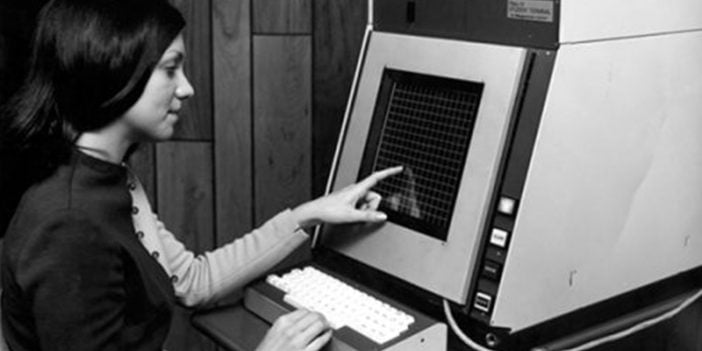
In our modern world, touch screens are ubiquitous, making it difficult to imagine life without them. But where did they come from and how do they work? Historians credit E.A. Johnson with inventing the first capacitive touch screen between 1965-1967, and he published a full description in 1968. Three components – the touch sensor, controller, and software – work together to create the magic of touch screens. A capacitive touch screen operates by altering the electrostatic charge when a finger makes contact with a layer of capacitive material. Over time, they gained popularity and are now found in various devices such as smartphones, bowling alley scoring systems, self-check-in or check-out kiosks, digital cameras, and more.
24. VR Headset (1968)
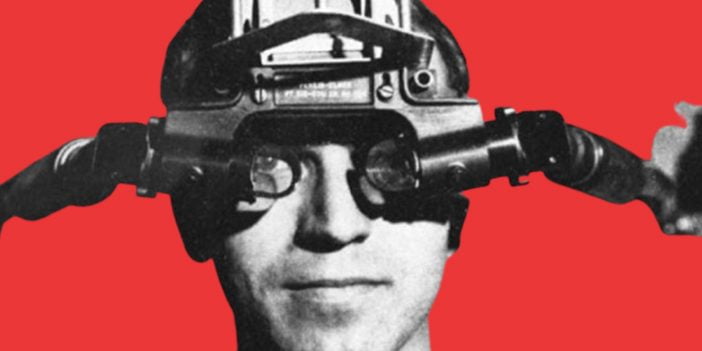
The term “virtual reality” often brings to mind sci-fi movies. It is a computer-generated environment that appears real and immerses the user. This environment is perceived through a virtual reality headset, which was created in 1968 by American computer scientist Ivan Sutherland. Sutherland named the device “The Sword of Damocles” and it displayed simple wire-frame shapes. Nowadays, virtual reality is an integral part of our daily lives, allowing users to experience a virtual yet safe world. VR is utilized across various industries, notably gaming, surgery, the military, architecture, and sports. It is a technology with immense potential for future growth.
25. LCD (1968)
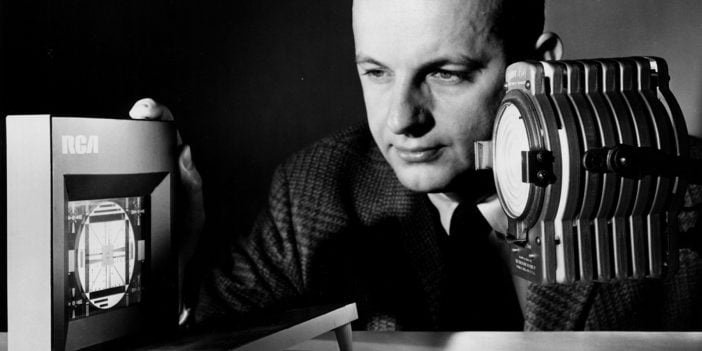
Liquid crystals have been used in display devices since the creation of the first LCD in 1968. This invention marked a significant shift in the application of materials from scientific interest to technological use. Over time, manufacturers have made improvements and variations, resulting in larger and more dynamic flat screens. The 1990s saw significant advancements in LCD technology, including improved contrast, viewing angles, and reduced costs. However, there are still areas that require exploration, such as flexible displays, 3D displays, and continuous manufacturing of glass panels. This system is energy-efficient and finds applications in watches, calculators, instrument panels, and consumer electronics.
26. Email (1971)
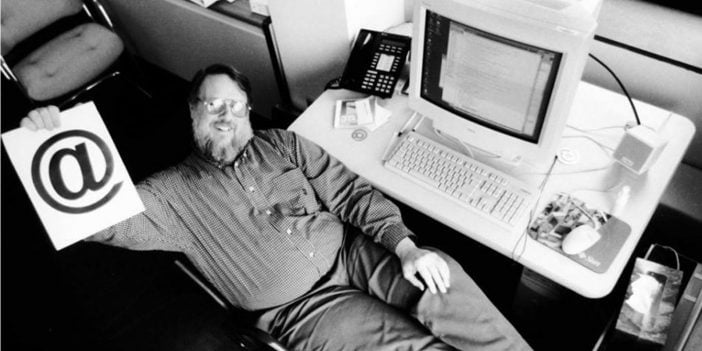
The invention of electronic mail in 1971 revolutionized communication and changed how people interact. Email is a method for transmitting and receiving digital messages, including text, graphics, sound, and animations. Ray Tomlinson developed email using ARPANET’s network, making it the first practical application for internet users. Initially, both the sender and recipient needed to be online simultaneously, but today’s email systems only require a brief connection to send or receive messages. In the 21st century, email has become a crucial means of communication in business, companies, and education. Over time, email has advanced with features like automated messages, replies, alerts, and save and sort functions.
27. Pong (1972)
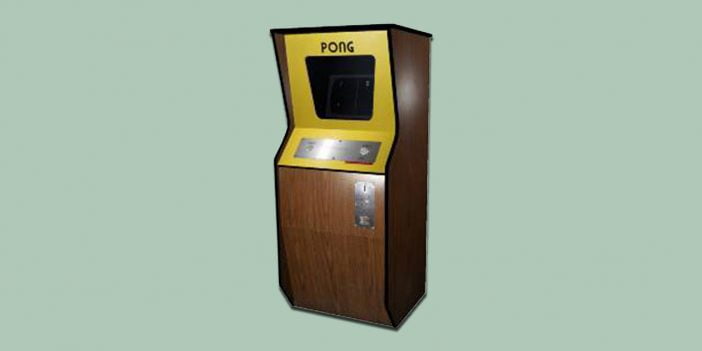
The fusion of electronic gaming and sports began in 1972 with the development of a video arcade game, which established the lucrative e-sports industry. Allon Alcorn created this game by chance while testing its programming, and upon its release to the public, it became a major success, causing the machine to break down due to excessive usage. Atari’s Pong was an electronic version of table tennis that captivated gaming and sports fans. It was the first video game to gain widespread popularity, but its fame diminished in the 1980s when video games fell out of fashion. Nonetheless, Pong had firmly secured its place in history as the most admired arcade game of its time.
28. Mobile Phone (1973)

The most popular communication tool today is the mobile phone, which has connected the world. The production and demand for cell phones have increased due to advances in technology. The first mobile phone call was made 48 years ago by Martin Cooper, who pioneered wireless communication. It took a decade to reach the public and two more decades to surpass landlines, but they soon became widely available and popular. Mobile phones not only facilitate communication but also provide entertainment, business opportunities, photography, and online banking. Nowadays, people are addicted to their mobile phones and spend most of their time browsing social media or texting and talking. It remains a cornerstone of technology, continually innovating.
29. Barcode (1974)

The first barcode scan occurred on June 26, 1974, and quickly gained commercial success. However, the invention of the barcode predates this event. In 1948, two university students named Norman J Woodland and Bernard Silver created the initial barcode concept in Miami. Woodland drew thick, narrow lines in the sand at the beach, which he later transformed into a circular shape and obtained a patent for in 1952. Unfortunately, at that time, there was no technology available to process this code. Twenty years later, researchers discovered a suitable technology and decided to adopt the bull’s eye design. After modifying the barcode into the rectangular shape we use today, it was commercially implemented in the 1980s. Since then, the scanning and tracking industry has experienced rapid expansion.
30. Apple I (1976)
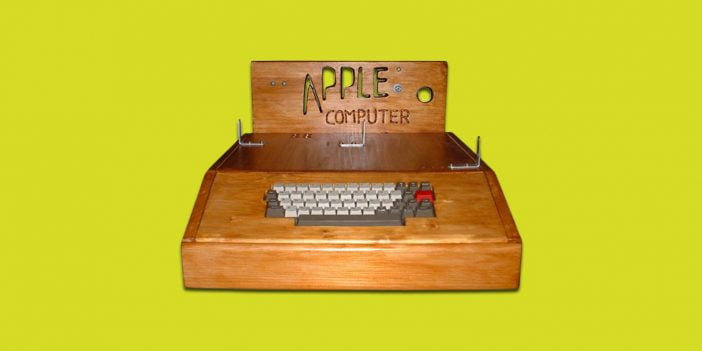
Apple Inc. co-founders Steve Wozniak and Steve Jobs introduced the first self-assembled Apple computer, known as the Apple I, in 1976. Priced at $666.66, a total of 200 Apple I units were manufactured and sold. This marked the beginning of a remarkable journey that would include the creation of iconic devices such as the MacBook, iPad, iPhone, and iPod. Apple’s commitment to making their computers an integral part of everyday life and a gateway to the digital era is well-documented. The Apple I, a single motherboard housed in a wooden case, featured a cassette interface, a detached keyboard kit, and a video monitor. Subsequent releases included the Apple II in 1977 and the Apple III in 1980, pre-dating IBM’s entrance into the personal computer market.
31. GPS (1978)
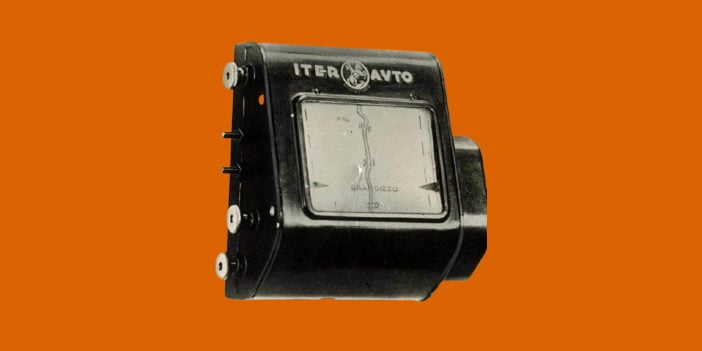
Have you ever been lost and wondered what you would have done without GPS? This highlights the significance of GPS (Global Positioning System) in our lives. Let’s go back to the beginning. In 1960, the first satellite navigation system for military and commercial users called “TRANSIT” was developed. Technological advancements led to the launch of the first Navstar GPS satellite in February 1978. It underwent further improvements in the nineties and eventually became available on cell phones in 1999 and later in automobiles. Today, GPS is used worldwide to navigate any location and is overseen by control stations.
32. Sony Walkman (1979)

The Sony Walkman, invented in 1979, introduced personal portable music to the mainstream. Since then, the way we listen to music has changed significantly. Whether you’re taking a walk, riding a bike, or doing chores, you can enjoy your music on the go. The Walkman was a revolutionary product during its time and held great importance for the youth of that era. “This product will satisfy young people who want to listen to music all day,” said Akio Morita in February 1979. The 1980s marked the peak of the Walkman’s popularity. However, with the advancements in technology and the introduction of the mp3 player and iPod, Sony ceased production of the classic cassette tape Walkman in 2010.
33. IBM PC (1981)
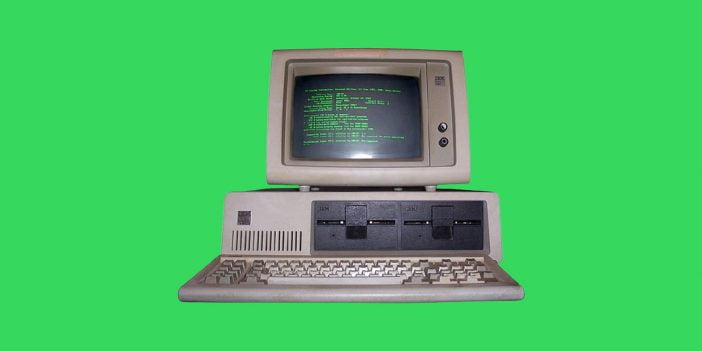
The initial IBM personal computer model 5150 debuted in 1981, benefiting from the already established recognition of the IBM brand and an extensive marketing campaign. This computer was equipped with a 4.77 MHz Intel 8088 microprocessor and Microsoft’s MS-DOS operating system, making it faster than competing machines and offering superior memory capacity. IBM’s manufacturing approach aimed to produce streamlined, efficient, and easily transportable computers. As a result of IBM’s entry into the computer market, a diverse technology ecosystem emerged.
34. Apple Macintosh (1984)
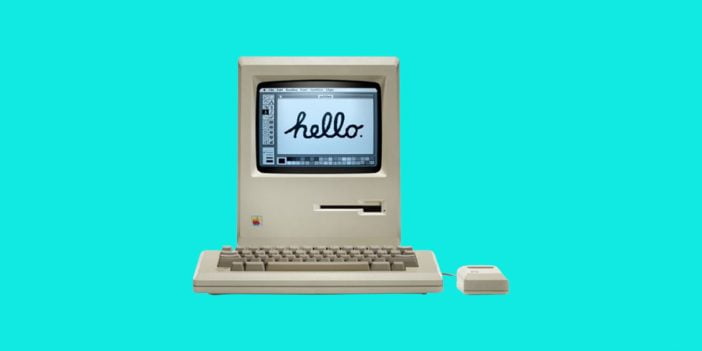
Macintosh revolutionized personal computing with its graphical user interface, posing a significant challenge to IBM’s PCs. Steve Jobs invented this game-changing device in 1984, making it the first commercially successful personal computer accessible to the average user. Unlike IBM, Apple developed and pre-installed their own operating system, later known as MAC OS, on their computers. Macintosh aimed to capture mainstream adoption and establish a benchmark for future computer iterations.
35. macOS (1984)
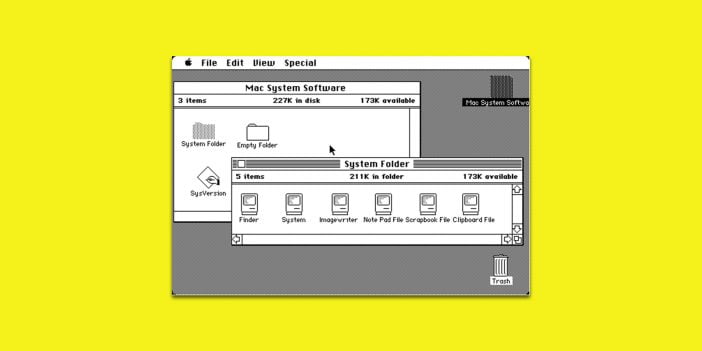
Apple Inc. introduced its operating system in 1984 for its Mac line of personal computers. This innovation revolutionized the computer industry and motivated Microsoft Corporation to develop its own Graphical User Interface (GUI). Instead of typing commands, users could navigate virtual folders and files by moving the mouse pointer. The main benefit of macOS is its user-friendly interface, eliminating the need to comprehend the inner workings of the machine. Apple exclusively licenses macOS for use on Mac computers.
36. CD-ROM (1984)
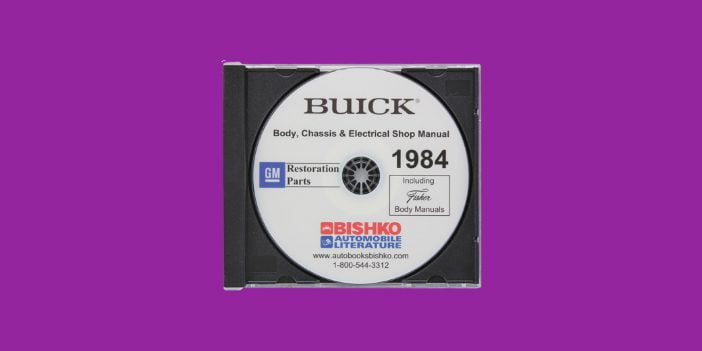
Denon, a Japanese company, developed the CD-ROM in 1982 and unveiled it alongside Sony at a computer show in 1984. Sony and Philips, however, falsely claimed credit for the inventions of both the CD and CD-ROM, misleading people into perceiving them as visionaries when their only contribution was bringing the system to market. The CD-ROM is a form of computer memory capable of storing data equivalent to approximately 700 floppy disks. Initially intended solely for music and video files, the format was later modified to accommodate binary data as well. With advancing technology, compatibility has improved and storage capacity has increased.
37. Microsoft Windows (1985)
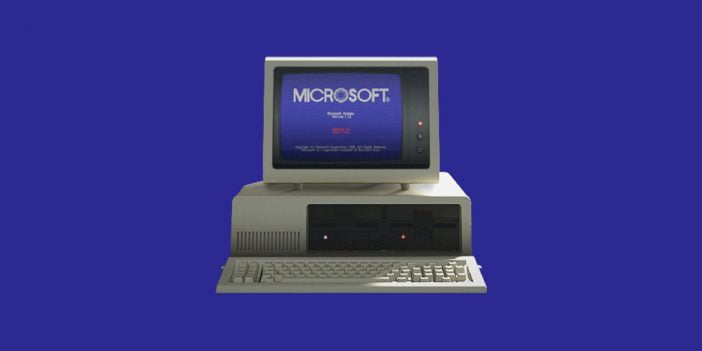
Microsoft Windows has evolved over time to become the modern operating system it is today. It is a series of operating systems developed by Microsoft Corporation. The development of Windows began in 1981, with its codename being “Interface Manager”. Before Windows, the standard system for IBM-compatible computers was MS-DOS. In 1983, Bill Gates made the announcement for Microsoft Windows, and the first version, Windows 1.0, was introduced in 1985. Since then, there have been nine major versions, with Windows 7 being the latest release in the 25-year history of Windows Operating Systems.
38. 3D Printing (1986)
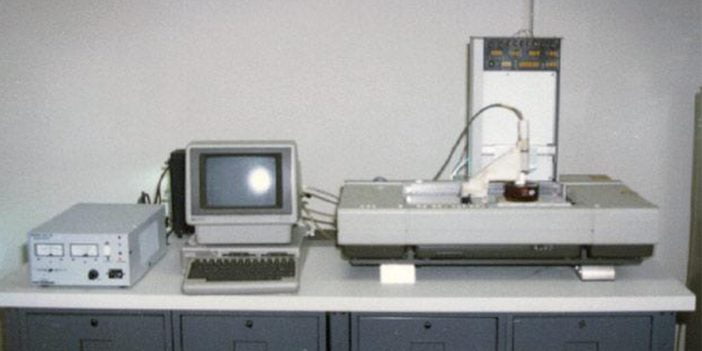
3D printing is a manufacturing process that creates three-dimensional objects using various materials. This technology was actually introduced in 1986 by Charles Hull, who was working on developing UV-curable resin lamps. He also created the STL file format, which enables computer-aided design (CAD) software data to be translated for 3D printers. Hull named his technology “Stereolithography,” which was a significant commercial breakthrough. In the 1990s, Stratasys brought the first 3D printers to the market, and they were often referred to as the 4th industrial revolution. Today, home 3D printing has become a popular hobby for a small but dedicated audience.
39. Photoshop (1990)
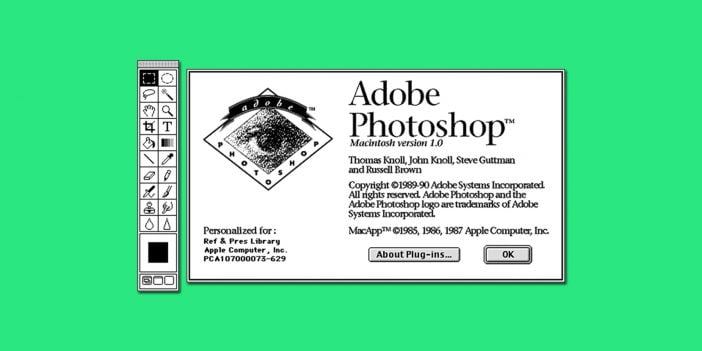
Who doesn’t know the name Photoshop these days? It is the most widely utilized photo editing software worldwide that has simplified our digital lives. Initially developed in 1987 by Thomas Knoll, this technology was a significant breakthrough despite the common occurrence of bugs. Thomas Knoll collaborated with his brother to enhance the program and subsequently released an improved version called “ImagePro.” Commercially launched under the brand “Adobe” in 1990, this software can create, modify, or edit images, artwork, illustrations, and backgrounds. It remains an indispensable tool for graphic designers, web developers, creative professionals, and photographers.
40. Linux (1991)

Linux, an operating system comparable to UNIX, was developed by Linus Torvalds in 1991. It was named after its creator and quickly gained traction as a significant open-source software. Throughout the 1990s, Linux underwent continuous enhancements and found utility in web hosting, database serving, and networking. Its acceptance in business environments led to the development of machines by major computer corporations that could accommodate it. Furthermore, Linux’s stability, with infrequent system crashes, contributed to its popularity in the consumer PC market.
41. Playstation (1994)
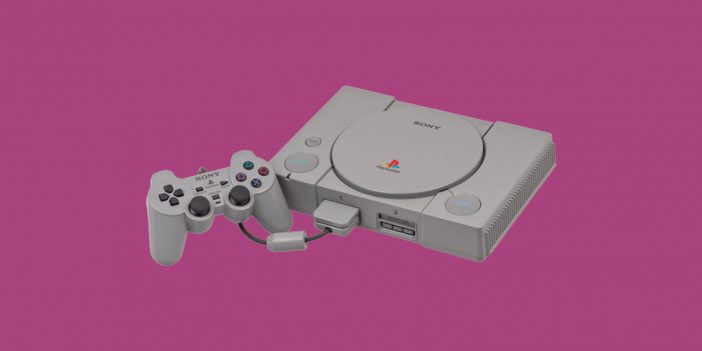
The history of the PlayStation dates back to 1988 when Sony and Nintendo began collaborating to develop a home video game console known as the Super Disc. Nintendo, who dominated the computer gaming industry at that time, ended their partnership with Sony and instead joined forces with Philips. Sony then introduced an improved version of the Super Disc called the Sony PlayStation in 1991, which served as a multi-purpose entertainment unit. The new console, known as the PSX, was released in Japan in 1994 and quickly became the top-selling game console, playing CD-ROM-based games. The following year, it was introduced to the American market, ushering in a new era of technological advancements in the gaming industry.
42. USB (1996)
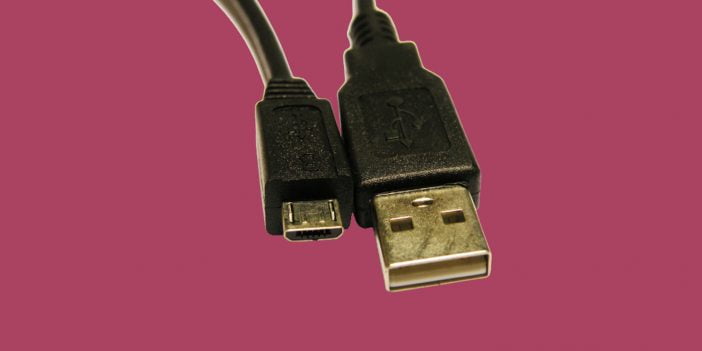
In the past, data transfer to computers required a variety of cables, connectors, or serial ports. However, with the introduction of USB in 1996, the concept of “Universal Serial” allowed for immediate device functionality upon plugging it into a computer. Although Ajay Butt from Intel began development in 1994 and released it in 1996, the technology did not gain traction until the first iMac was introduced as a USB-only device in 1998. Compared to older serial ports, USB was faster with data transfer rates of up to 12Mb/sec. As technology advanced, a new reversible cable design called “Type C” is now also in use, in addition to Type A and Type B.
43. VPN (1996)

Have you ever wondered that someone, somewhere, might be peeking at your online activity? If yes, then you are rightly concerned about the issue as many forces are against your privacy. A VPN (Virtual Private Network) is a service that keeps your data private and secure and creates an encrypted online connection. When you switch it on, your true IP address becomes hidden masking your location and identity. The history of VPN dates back to 1996 when a Microsoft employee created the peer-to-peer tunneling protocol (PPTP) but it was exclusively restricted for businesses at that time. Today, one out of four internet users (31%) around the world are using the best VPN services to access government-restricted sites and entertainment content.
44. DVD (1996)
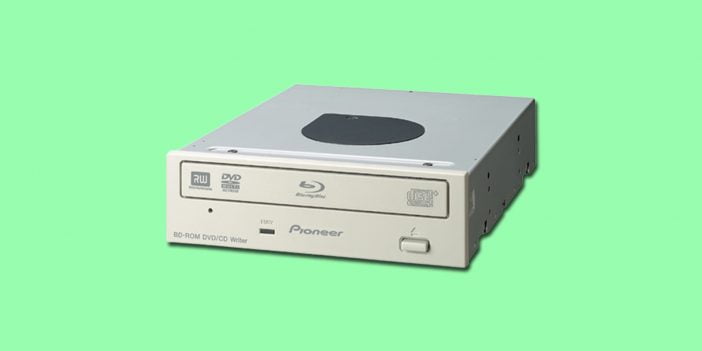
DVD was a popular home entertainment device in the 1990s, evolving from the CD. Its invention was a collaborative effort by multiple individuals and companies. Initially, there was confusion regarding different formats, but IBM intervened and established a single standard format in 1995. A group of ten companies developed DVD technology and formed a DVD forum. The first movie in DVD format was released in 1997, and Sony introduced DVD camcorders in 2003. In the 2010s, BluRay emerged as the modern replacement for DVDs.
45. Wifi (1997)

Wifi, the most popular term used worldwide, has an interesting origin story. In 1941, Hollywood actress Hedy Lamarr filed for a patent on frequency-hopping technology, which laid the foundation for the secure wifi we have today. While there are numerous patents associated with this technology, Vic Hayes is often referred to as the “father of wifi” for his establishment of standards that made wifi practical. The initial wifi system, the 802.11 standard, was accepted in 1997, eliminating the need for network cables to access the internet at home or work. With a router or dongle, wireless internet became possible. Over time, wifi technology progressed rapidly and integrated into our computers, mobile phones, and even vehicles.
46. Cloud Storage (1997)

In 2021, cloud storage has become an efficient method to transmit and store data online. The origins of cloud storage are unclear, but in the 1970s, the term “cloud” was used to represent Wide Area Networks (WANs). The first cloud service was launched in 1994 but later disappeared. The term “cloud storage” was coined in 1997 by Ramnath Chellappa. In the past decade, cloud storage has become extremely popular in the software industry, with every major tech company offering its own cloud service.
47. Netflix (1997)

Netflix, an online rental service, was established in 1997 by American entrepreneurs Reed Hastings and Marc Randolph. It allowed users to stream movies and TV shows over the internet. In 1999, the company introduced a monthly subscription service and went public in 2002. Netflix experienced steady growth, reaching 4.2 million members by 2005 and expanding to Europe in 2012. However, the landscape shifted in 2013 when Netflix began producing its own original content. This move transformed Netflix into the largest subscription-based streaming service, offering a vast selection of TV series, movies, documentaries, and feature films.
48. Bluetooth Version 1.0 (1999)
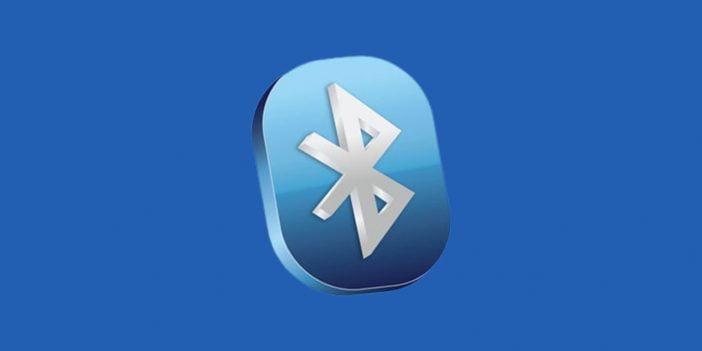
Bluetooth is a wireless communication technology widely used in electronic devices today. Jaap C. Haartsen is credited as the inventor of Bluetooth, releasing its first version on July 26, 1999. It was initially designed to establish connections between portable PCs or laptops over short distances. Bluetooth enables the linking of two devices without requiring additional network equipment, such as rotors or modems. This advantage made it an ideal choice for data transfer in mobile phones. Over time, Bluetooth has evolved into the Bluetooth smart system, expanding its capabilities to connect earphones, earbuds, wireless speakers, and hearing aids to audio sources.
49. Wikipedia (2001)

Wikipedia is a popular website that offers free online encyclopedias. It was founded in 2001, with its origins in the early Apple programming tool, HyperCard. The data from HyperCard was later transferred to the internet’s hypertext language. The term “WikiWikiWeb” was coined by Cunningham, leading to the abbreviation “Wiki.” Over time, the site expanded, and maintaining an ad-free platform for nearly two decades was remarkable. The number of active Wikipedia editors reached its highest point in 2007, solidifying its position as a go-to resource for online information.
50. iPod (2001)
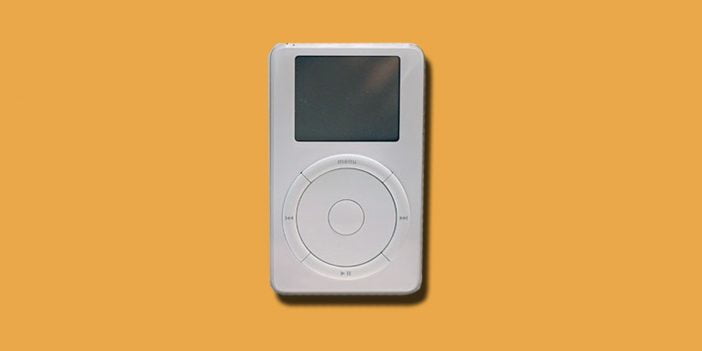
Apple released its iconic portable music player in 2001, which remains the most successful media player even after two decades. The initial device featured a sleek white design and a mechanical scroll wheel, with storage options of 5GB and 10GB. Tony Fadell is credited with inventing the iPod, a digital jukebox that allowed users to transfer CDs to internal hard drives. Transforming the way people consumed music, the iPod surpassed earlier mp3 players in popularity within the digital music industry. However, with the emergence of streaming services like Spotify and Tidal, this beloved device of a previous generation became obsolete. Nevertheless, its impact on society was lasting, as evidenced by the outpouring of mourning on Twitter.
51. Google Maps (2005)

Google Maps, developed ten years ago, revolutionized digital mapping and now boasts over a billion global users. Founded by two Danish developers based in Sydney, the startup mapping company, originally known as “Where 2 Technologies,” was sold to Google in 2004. Google then transformed it into Google Maps, offering dynamic online maps with turn-by-turn driving directions. In subsequent years, Google introduced 360-degree street-level views of houses, roads, and landmarks. To this day, Google Maps remains the industry standard. As the world progresses, digital mapping continues to improve, and so does Google Maps. The future holds endless possibilities for its evolution.
52. iPhone (2007)
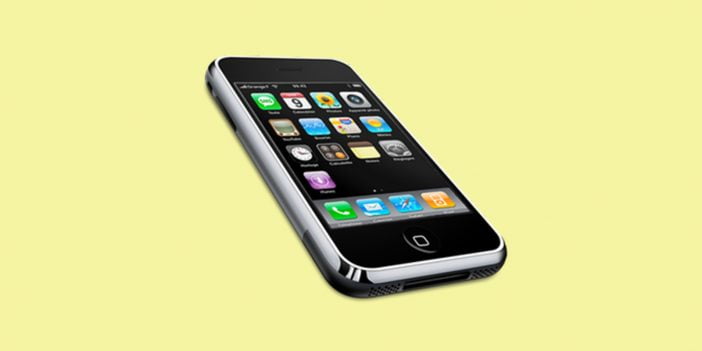
Though it wasn’t the first smartphone, the iPhone was the revolutionary and best-selling product since its arrival in 2007 and was five years ahead of any other cell phone. After the iPhone, all mobile phone companies started copying its design, and Apple CEO Steve Jobs has sold 1.5 billion of them until now. Armed with powerful features like iconic touch-screen technology, the lithium battery, the internet, and the WWW, it squeezed more functionality into one device. Apple also launched its online app store in 2008, which enabled people to download different software applications. Since then, several breakthroughs have happened, and Apple went on to over 29 updated models of the iPhone.
53. iPhone OS/iOS (2007)
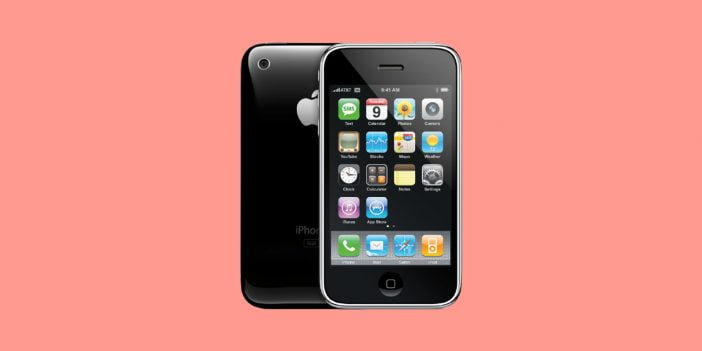
iOS is Apple’s mobile operating system that was introduced in June 2007, revolutionizing the world of mobile computing. It remains in active development and is renowned for its rich features and strong support. Over the years, iOS has continuously evolved with updated iPhone models, enhancing networking capabilities across Apple products. The iPhone’s immense popularity can be attributed to the effectiveness of iOS.
54. Android OS (2007)
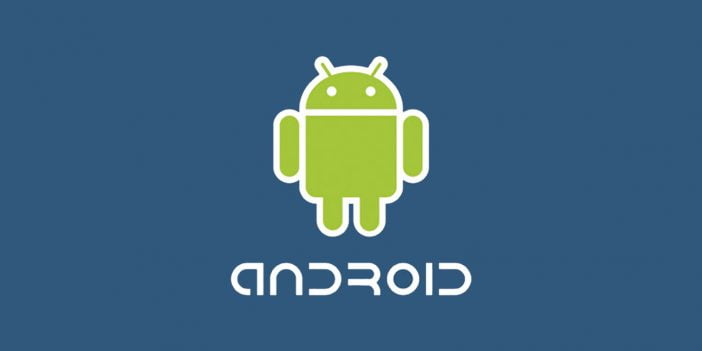
Android OS is Google’s primary mobile operating system for smartphones and tablets. It is based on the Linux kernel and Graphical User Interface and offers a variety of downloadable end-user applications. Originally developed by Android, Inc., it was acquired by Google in 2005. The public beta version of Android 1.0 was released in 2007 and officially entered the market in 2008. Developers utilize this technology to create mobile apps that are sold through Google Play, an app store.
55. Blockchain (2008)

Blockchain is an encryption technology utilized in a decentralized manner to support the cryptocurrency world. Satoshi Nakamoto established the first model for a blockchain in 2008, implementing it as a secure digital transaction ledger for the cryptocurrency Bitcoin in 2009. Some global analysts claim it could be one of the most significant inventions since the internet and electricity. Designed to allow every user collective control over data, blockchain ensures immutability and permanent recording. With the belief that cryptocurrency may one day replace paper currency, blockchain has the potential to revolutionize industries such as supply chains, payments, healthcare, cybersecurity, and IT infrastructure. Gartner, an analyst firm, estimates that by 2025, businesses will derive $176 billion in value from blockchain. This promising technology raises the question of when, not if, companies will adopt it.
56. Bitcoin (2009)
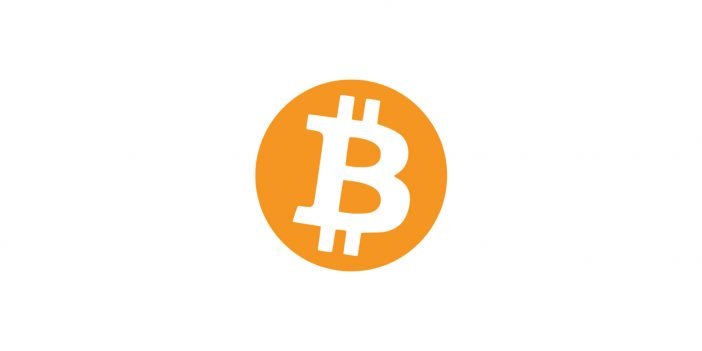
Bitcoin is the first popular digital cryptocurrency that exploits blockchain computing to decentralize payments and is tamper-proof. This peer-to-peer electronic form of cash incorporates technology, economics, currency, maths, and social dynamics. It would allow one party to send online payments to the other without passing through a financial institution. Bitcoin was launched in 2009 by someone calling himself Satoshi Nakamoto by posting a mailing list message titl “d “Bitcoin P2P e-cash pa” er” on cryptography. The greatest advantage of this encrypted currency system is the proof-of-work to prevent double-spending. Using bitcoin, people can bypass state laws, sanctions, capital controls and can transfer payments without restrictions. It is steadily becoming a major system of financial transactions and is said to be the future of money. Unlike other currencies, bitcoin is not issued by a bank or backed by a government, and its value largely depends on the cost of its production through mining or exchanges it trades on.
57. Siri (2010)

Apple has always wanted to make their technology more user-friendly, and to make this happen, they developed a digital assistant as an app for iOS. The software behind this voice-activated personal assistant exploits the AI subsets of the machine and deep learning. Large data sets of real human voices were used to train Siri to recognize the human language, tone, and accent complexities. Though invented in 2010, it officially integrated into the iPhone 4S in 2011. Since then, several innovations and leaps have happened, including more languages, advanced speech-recognition software, and voice commands. Siri took the still world of the mobile phones and filled it with voices.
58. Smart Glasses (2011)
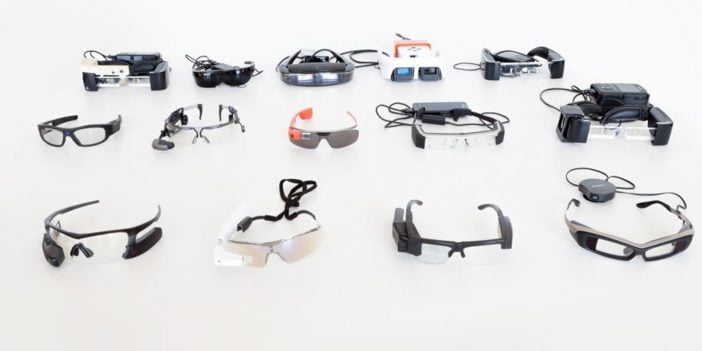
As we are moving towards the end of the smartphone era, soon, we may enjoy the same functionality and connectivity from smart glasses. Smart glasses were first created by Google in 2011 and launched in 2013. Smart glasses work by touching, tapping, or swiping to verbalize their requests to Alexa or Siri. Utilizing liquid crystal technology, these glasses can filter the level of brightness coming through their smart lenses, hence improving the visual overlay. While being a luxury for some, it might prove to be a blessing in disguise for the visually impaired. Thanks to smart glasses, the idea of restoring sight is becoming a reality from science fiction.
59. Qi Wireless Charging (2012)
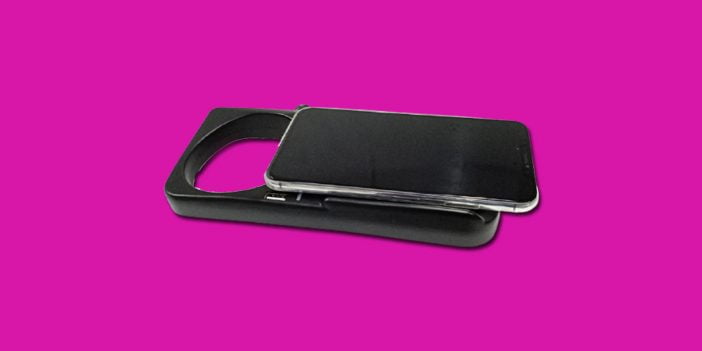
In 2012, the wireless charging technology “Qi” was introduced in many smartphones, including the iPhone. Qi is an open interface for wireless power transfer developed by the Wireless Power Consortium. Nokia Lumia 920 was the first device to adopt Qi in 2012, creating a magical experience as the battery percentage increased when placed on a charging pad. Apple benefited from incorporating Qi into their phones later, in the fall of 2017, when it became the leading technology. Subsequently, the entire mobile industry followed suit due to Apple’s status as the best-selling smartphone worldwide.
60. Apple Watch (2015)
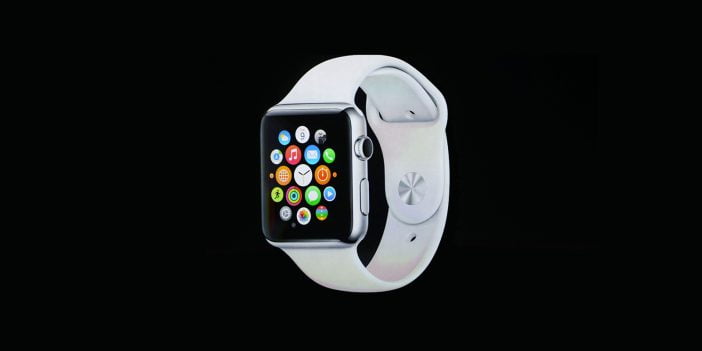
Apple Watch was the first major product of Apple released under new CEO “Tim Cook” after the death of Steve Jobs. Launched in 2015, it is the most customizable product Apple has ever made with advanced features like talk and text functionality, wireless payments, fitness trackers, etc. Furthermore, it had Bluetooth and wifi capabilities and could be paired with the iPhone. Until now, seven generations and a series of Apple Watches have been released. Apple Watches have helped you become more active and connected than ever and represent a considerable chunk of the tech industry.
61. Wireless Earbuds (2015)

Gone are the days when we used to be exhausted untangling the crumpled and twisted wires of earphones before even starting the listening experience. The truly wireless earbuds skyrocketed as soon as they came to the market because of their awesome functionalities and eliminating the hassle of wires. The very first truly wireless earbuds were developed and launched by a Japanese compa “y “On” yo” in 2015 and they called “t “Onkyo W80″ BT”. They pioneered in their category of the product but had some issues regarding Bluetooth connectivity and battery life etc. With time, more features and convenience factors are added to them and a product is born that becomes a staple necessity for everyone today’sy’s world. The popularity of TWE also inspired Apple which came up with its own design and took over the market by storm.
62. 5G (2019)

5G is a wireless network designed to virtually connect everyone and everything, including machines, objects, and devices. In April 2019, 5G mobile service was introduced in Chicago and Minneapolis, allowing customers to connect to the network. It aims to provide high data speeds, low latency, large network capacity, improved availability, and advanced user experiences. Qualcomm played a major role in developing the foundational technologies for the 5G standard. It is the future of technology and will have a significant impact on various industries.
63. Talking Hearing Aid (2019)

A top technological invention of 2019 is the Livio AI, a talking hearing aid created by Starkey Hearing Technologies. The Livio AI is the world’s first health-able hearing aid, reducing background noise significantly. This groundbreaking invention incorporates artificial intelligence, enabling it to answer questions verbally, stream music and phone calls, translate conversations, and track physical activity. Hearing-impaired individuals can obtain the Livio AI from hearing professionals to enhance their quality of life.
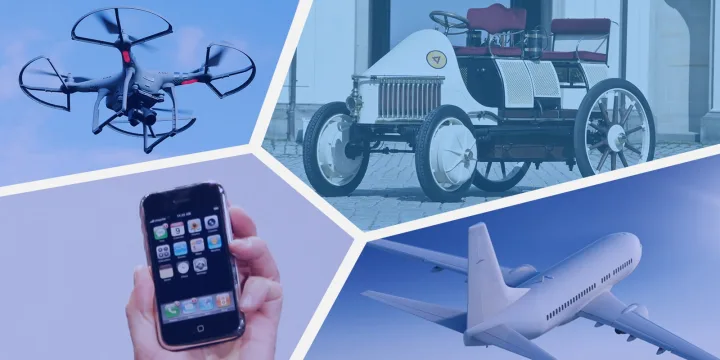
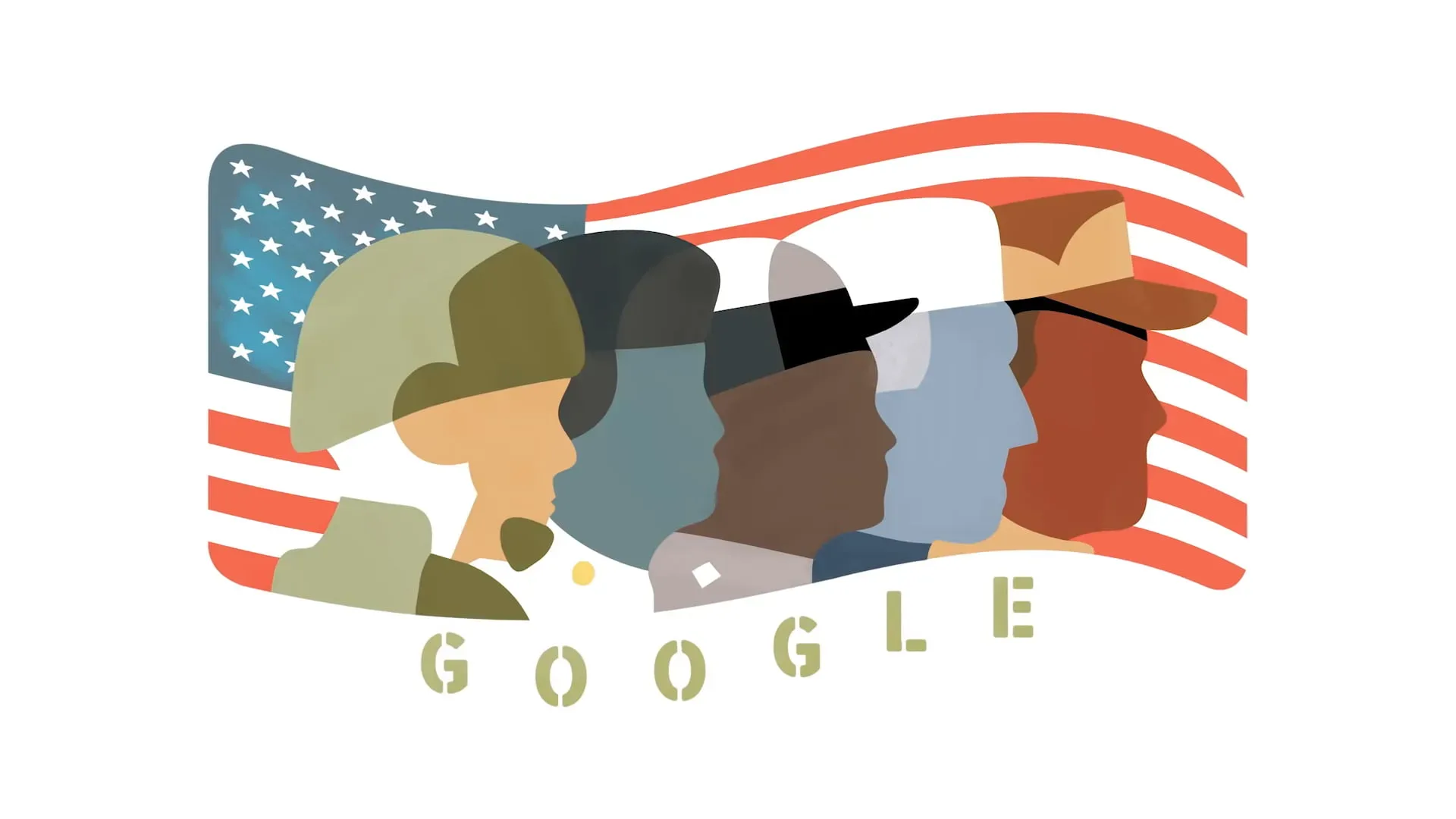
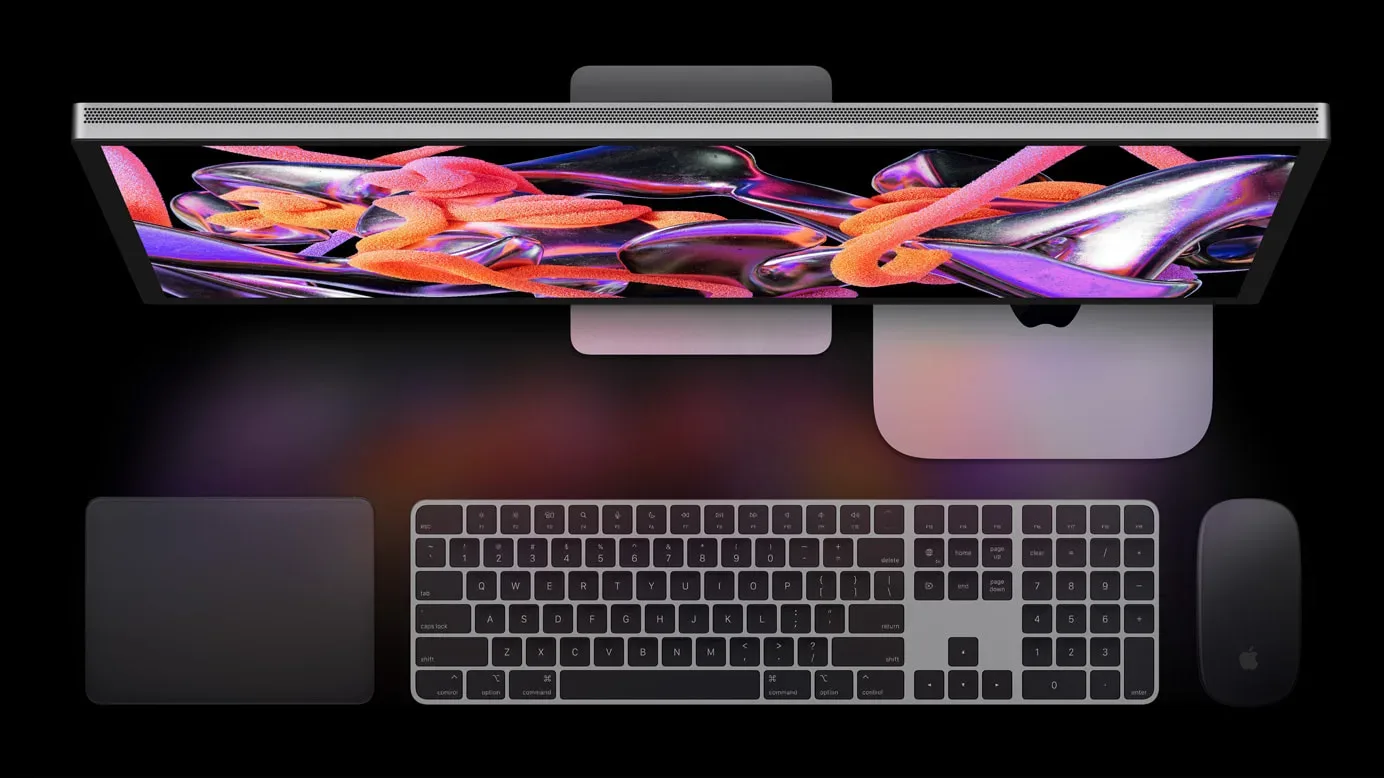
This website is bueno.
Thanks Kyler